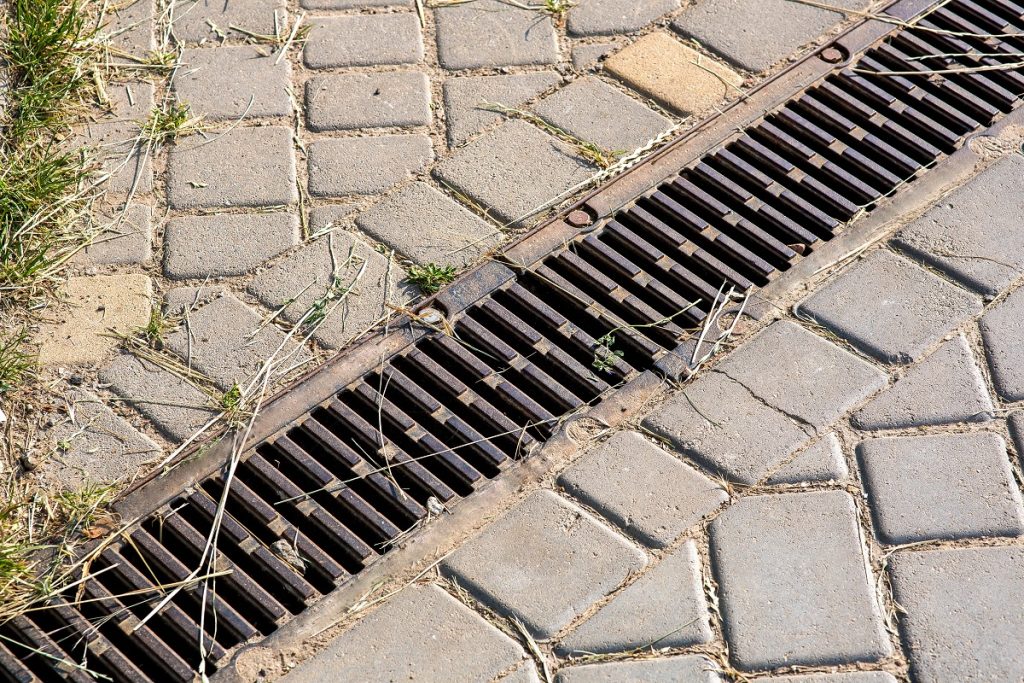- Obtain the necessary certification and licensing documentation for stormwater inspection.
- Gather the necessary equipment to conduct inspections correctly.
- Become familiar with different types of stormwater systems, runoff rates, and control measures.
- Prepare a detailed report, including photographs and recommendations after each inspection.
- Submit reports to the appropriate agency for review.
Stormwater management is an important part of keeping the environment clean and healthy. A registered stormwater inspector ensures the local area meets regulations to protect the water quality and quantity. While becoming a registered stormwater inspector requires specialized training, specific tips can ensure you’re on the right track. Here are five tips for becoming a registered stormwater inspector and meeting the necessary standards.
1. Research the Necessary Requirements
Before becoming a registered stormwater inspector, the prerequisites vary by state. Still, applicants must typically have a high school diploma or equivalent and some college-level experience in environmental sciences or related fields.
Here are some requirements to be aware of before pursuing this profession:
Obtain the Necessary Certification
To become a registered stormwater inspector, you must obtain a stormwater pollution prevention plan certification. This certification will ensure that you have the necessary credentials to inspect and assess any stormwater-related issues in accordance with local, state, and federal regulations.
To get certified, you may be required to complete courses and pass an exam. Some states require inspectors to receive additional training on best management practices to control stormwater pollution.
Gather Necessary Licensing Documentation
To become a registered stormwater inspector, you must possess all the necessary licensing documentation to prove qualified. This includes proof of education and any relevant certifications or apprenticeships that can demonstrate your knowledge and experience in the field.
Participate in Continuing Education Programs

You must participate in continuing education courses to stay up-to-date with the latest stormwater regulations. These courses will help you gain valuable insight into the newest methods and techniques for inspecting stormwater systems and any new tools or technologies that have become available since your certification was obtained.
Remain in Compliance with State Regulations
It is critical to comply with all the state regulations regarding stormwater inspections. This includes understanding when inspections must be conducted, filing any necessary paperwork, and staying within the allotted timeframe for completing the inspection. Failing to do so can result in hefty fines or even criminal penalties.
2. Obtain the Necessary Equipment
Registered stormwater inspectors should have the necessary equipment to perform inspections and samples correctly. This includes calibrated measuring devices, sampling containers, thermometers and other items as specified by the relevant regulations. Inspectors must always wear appropriate personal protective gear when performing field tests or collecting water samples.
Inspectors need a reliable form of transportation to travel to and from inspection sites and access to a reliable power source for equipment. Inspectors must have an accessible storage area to store the necessary materials and supplies while they aren’t in use.
3. Become Familiar with the Stormwater Systems
To become a registered stormwater inspector, you must understand the different types of stormwater systems and how they work. Stormwater systems can vary in design depending on the system’s geographical location, size, and purpose.
Understanding the differences between stormwater runoff and surface water runoff is essential, as this will help you determine the type of stormwater system being inspected. You should also understand the different kinds of precipitation, the related runoff rates and the associated control measures for each stormwater system.
4. Prepare a Report for Each Inspection

An essential part of being a registered stormwater inspector is preparing a detailed report for each inspection. The report should include information about site conditions, the status of any underway corrective actions, and any new recommendations for stormwater management. It should also include photographs of any problem areas or potential risks. Reports should be detailed and accurate, as they will be used to determine whether a property meets the requirements of local stormwater regulations.
5. Submit Your Reports to the Appropriate Agency
Once you’ve finished your inspection and prepared the report, it’s essential to submit it to the appropriate agency for review. Every state and local regulatory agency requires stormwater inspections to be submitted for examination before any action can be taken. Once your report has been reviewed, you’ll likely need to submit additional information, documents or photographs for further consideration. Ensure you keep copies of all the paperwork, reports and other materials you submit with your stormwater inspection report.
To Wrap It Up
By following these tips, you can become a registered stormwater inspector and help ensure that systems are functioning correctly and not causing any environmental damage. It’s essential to stay up-to-date on new regulations and advancements related to stormwater management to comply with all applicable laws. With the proper knowledge and dedication, you can become an invaluable asset for any organization dealing with stormwater management.

